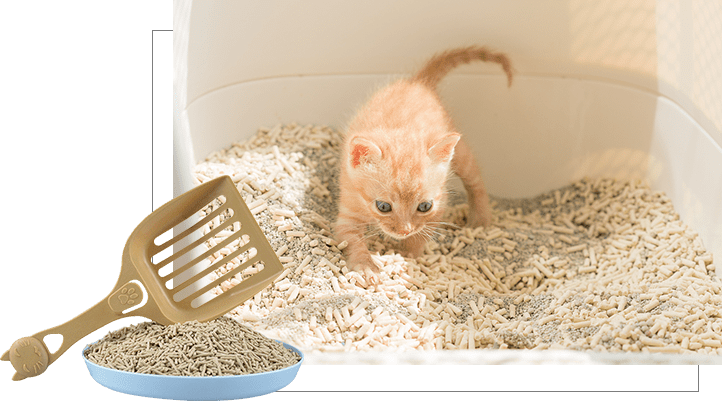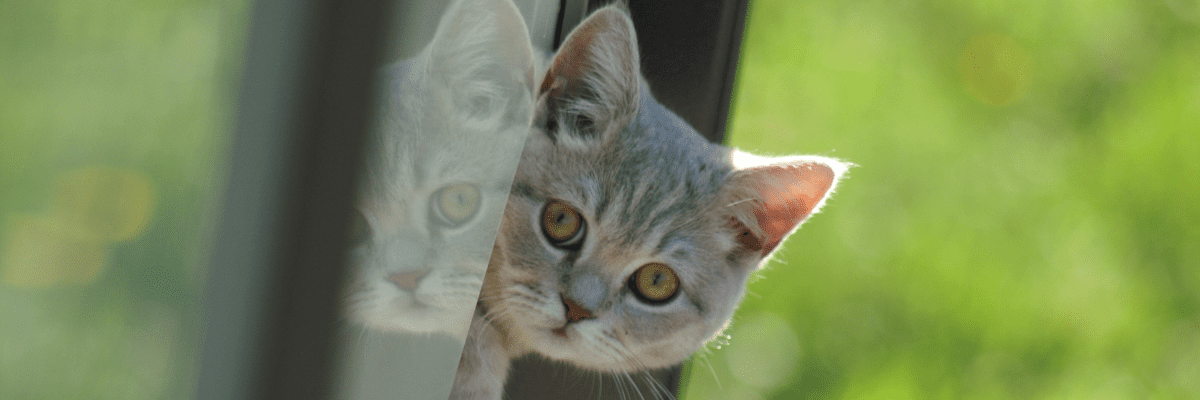Introduction
Cats are fascinating creatures, revered for their independence, agility, and, of course, their adorable antics. But along with their charm comes a responsibility: managing their waste. This is where cat litter steps in, offering a convenient solution for pet owners worldwide.
Behind the scenes, an entire industry thrives, dedicated to producing and supplying cat litter that meets the needs of both cats and their owners. In this comprehensive exploration, we delve into the world of cat litter, shedding light on manufacturers, suppliers, and the innovations shaping the industry.

Understanding Cat Litter
Cat litter serves a crucial role in maintaining hygiene and comfort for both cats and their owners. Initially, cat owners relied on basic materials like sand, soil, or even ashes to absorb moisture and contain odors. However, as pet care evolved, so did cat litter.
Modern cat litter typically consists of absorbent materials like clay, silica gel, recycled paper, wood pellets, or natural materials such as corn, wheat, or pine. Each material offers distinct advantages in terms of absorption, odor control, dust levels, and environmental impact.

The Role of Manufacturers
Cat litter manufacturers play a pivotal role in the industry, driving innovation and meeting the diverse needs of cat owners. These companies invest in research and development to create products that offer superior performance while prioritizing factors such as sustainability and pet safety.
Leading manufacturers often operate state-of-the-art facilities equipped with advanced machinery to produce cat litter efficiently and at scale. Quality control measures ensure that each batch meets rigorous standards for consistency and effectiveness.

Innovation is a driving force within the industry, with manufacturers constantly exploring new materials and technologies to improve their products. From clumping clay litter to lightweight silica gel crystals, each innovation aims to enhance convenience and performance for both cats and their owners.
Environmental Considerations
As awareness of environmental issues grows, so does the demand for eco-friendly cat litter options. Manufacturers are responding by developing biodegradable and compostable alternatives that minimize environmental impact.
Materials like recycled paper, wood pellets, and plant-based litter offer eco-conscious consumers viable alternatives to traditional clay or silica-based products. These options not only reduce the carbon footprint but also provide a safer and more sustainable choice for households and the planet.

The Role of Suppliers
Suppliers form the backbone of the cat litter industry, facilitating the distribution and availability of products to retailers and consumers worldwide. These companies collaborate closely with manufacturers to ensure efficient supply chain management, from raw materials procurement to product delivery.
Key responsibilities of cat litter suppliers include:
- Logistics: Suppliers coordinate transportation and logistics to ensure timely delivery of cat litter products to retailers and distribution centers. This involves managing inventory levels, optimizing shipping routes, and addressing any logistical challenges that may arise.

- Customer Service: Suppliers provide dedicated support to retailers and distributors, addressing inquiries, resolving issues, and fostering strong business relationships. Excellent customer service is essential for maintaining satisfaction and loyalty among clients.
- Market Insights: Suppliers monitor market trends, consumer preferences, and competitive dynamics to inform strategic decision-making. By staying attuned to industry developments, suppliers can adapt their offerings and services to meet evolving market demands.
Emerging Trends and Future Outlook
The cat litter industry is dynamic, with several emerging trends shaping its trajectory:
- Sustainability: Increasing consumer awareness and regulatory pressures are driving demand for sustainable cat litter solutions. Manufacturers and suppliers are responding by investing in eco-friendly materials and production processes.
- Technology Integration: Advancements in technology, such as IoT-enabled litter boxes and odor detection systems, are revolutionizing the way cat owners manage litter. These innovations offer convenience and peace of mind, enhancing the overall pet ownership experience.

- Health and Wellness: Pet owners are increasingly prioritizing the health and well-being of their feline companions. Manufacturers are developing litter formulations that address specific concerns such as dust sensitivity, respiratory health, and odor control, catering to the needs of discerning consumers.

Conclusion
The world of cat litter is vast and multifaceted, encompassing manufacturers, suppliers, retailers, and consumers united by a common goal: ensuring the health, comfort, and happiness of feline companions. As the industry continues to evolve, innovation, sustainability, and consumer-centricity will remain key drivers of success. By staying attuned to market dynamics and embracing emerging trends, stakeholders can navigate the ever-changing landscape of the cat litter industry with confidence and resilience.










